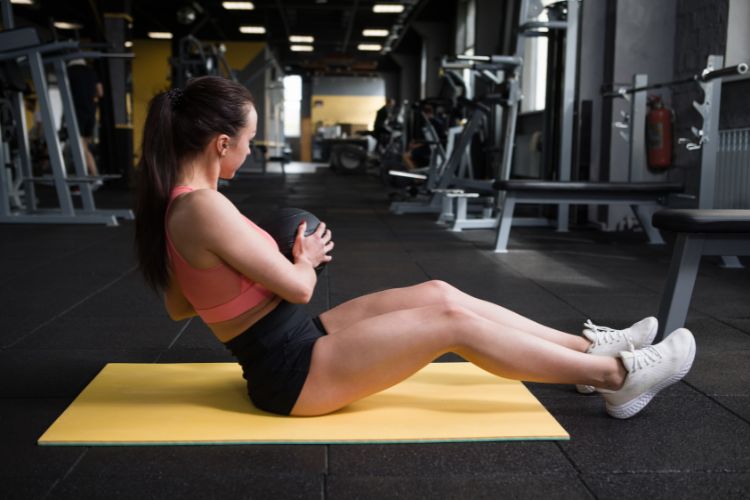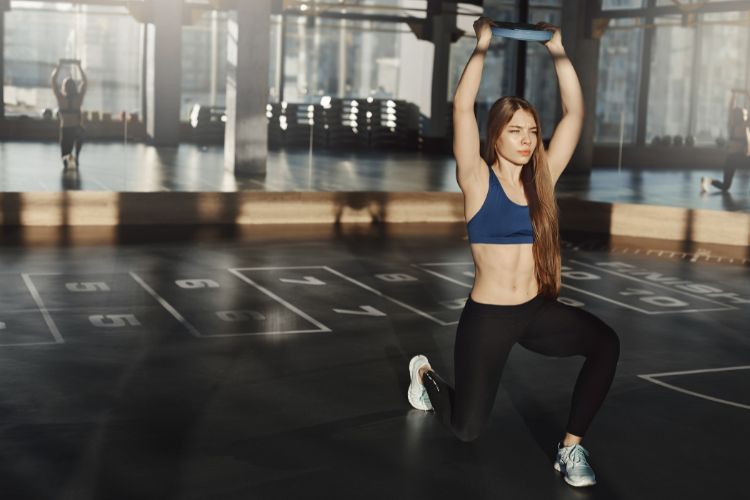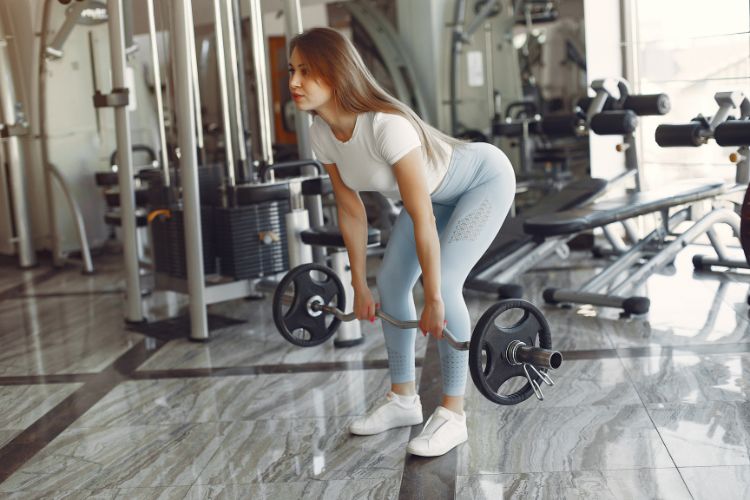Sign up for workout ideas, training advice, reviews of the latest gear and more.






Exercise is a vital element of a balanced and healthy lifestyle. While the gym and specialized fitness studios offer a wide array of equipment and classes, there is much to be said for the simplicity and accessibility of basic bodyweight exercises, such as the humble jumping jack. This childhood playground favorite is not just fun, but also a highly effective full-body workout. This blog post will delve into the jumping jacks exercise, shedding light on its myriad benefits, as well as providing a beginner-friendly guide to proper form and technique.
Jumping jacks, also known as star jumps, have been a staple of physical education classes for generations. They require no equipment, little space, and can be done virtually anywhere, making them an ideal workout for those with busy schedules, limited resources, or on-the-go lifestyles.
The jumping jack is a full-body exercise that engages several large muscle groups, including the glutes, quadriceps, hip flexors, and deltoids. The exercise involves a rhythmic pattern of jumping, with legs spread wide and arms circling above the head, followed by jumping again to return to the starting, standing position. This dynamic motion provides both aerobic and strength benefits.
Cardiovascular Health: Jumping jacks are a form of cardiovascular exercise that can improve heart health, reduce the risk of heart disease, and increase overall stamina. The heart-pumping action increases blood circulation and oxygen delivery to the muscles, promoting their health and function.
Calorie Burning: As an intense aerobic workout, jumping jacks can aid in weight management by burning calories. The exact calorie burn depends on factors such as your weight, intensity, and duration, but on average, you could burn up to 100 calories in 10 minutes of non-stop jumping jacks.
Muscle Toning: Jumping jacks activate major muscle groups, helping to tone your arms, core, legs, and glutes. They’re a practical and efficient way to achieve muscle definition without the need for specialized equipment.
Bone Health: Like other weight-bearing exercises, jumping jacks can help improve bone density, reducing the risk of osteoporosis and fractures in later life.
Flexibility and Coordination: The coordinated, rhythmic movements involved in jumping jacks enhance motor skills, balance, and flexibility. This improved coordination can have positive effects on everyday activities and other types of physical exercise.
To reap the full benefits of jumping jacks and avoid potential injury, it’s crucial to use the correct form. Here is a step-by-step guide to perfect your jumping jacks:
Stand upright: Begin with your feet together and your arms at your sides.
The Jump: Jump up and spread your feet wide, wider than hip-width apart. Simultaneously, raise your arms overhead in a smooth, controlled movement.
Return to Start: Jump again, bringing your feet back together and lowering your arms to your sides.
Maintain rhythm: Repeat the sequence in a smooth, rhythmic motion. Ensure your movements are controlled and precise, and remember to breathe steadily throughout.
Always warm up before starting your exercise routine and cool down afterward. Modify the exercise if you experience pain, and consider consulting with a fitness professional if you’re new to exercise or have any health concerns.
Jumping jacks are incredibly versatile. They can be used as a warm-up to prepare your body for more intense workouts, incorporated into a high-intensity interval training (HIIT) routine to boost calorie burn, or used as a standalone exercise for a quick and efficient workout. You might choose to perform sets of jumping jacks, alternating with other bodyweight exercises like push-ups and squats, or incorporate them into a circuit training session.
To start, try incorporating jumping jacks into your routine two to three times a week. You can gradually increase the intensity and duration as your fitness level improves. Remember, consistency is key to seeing results, so make sure you’re sticking with your routine.
As you get fitter and stronger, you may find traditional jumping jacks become less challenging. Here are some ways to up the ante:
Using light hand weights can intensify the arm movements, providing additional resistance for your upper body.
Performing jumping jacks at a faster pace can ramp up the cardio intensity and increase calorie burn.
There are several variations of jumping jacks, such as cross jacks, squat jacks, and plank jacks. These can target different muscle groups and add variety to your workout.
Jumping jacks are a timeless exercise with significant health and fitness benefits. They’re convenient, versatile, and scalable to different fitness levels. By incorporating this classic move into your routine, you’re bound to see improvements in your cardiovascular health, muscular strength, and overall physical fitness.
The beauty of jumping jacks lies in their simplicity yet effectiveness. So, whether you’re new to exercise or a seasoned athlete, give jumping jacks a shot and watch them elevate your fitness journey. After all, sometimes the simplest exercises can bring about the most profound changes.
Remember, it’s always important to listen to your body and adjust your workout regimen as needed. If you’re new to physical fitness or have any underlying health conditions, be sure to consult with a healthcare provider or a fitness professional before starting any new exercise program. So, get moving, have fun, and let the jumping jacks pave your path to better health and fitness!
Stay up to date on the latest women’s health, fitness and lifestyle trends and tips.